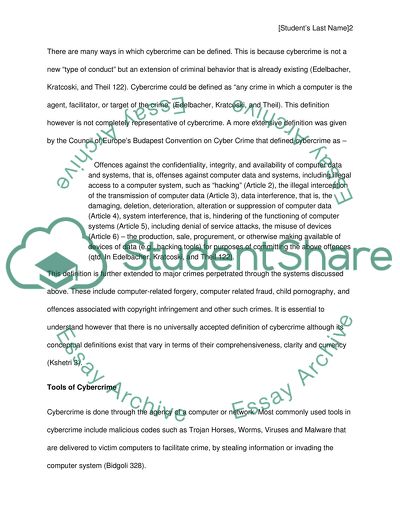Cite this document
(“Global crime's Research Paper Example | Topics and Well Written Essays - 3750 words”, n.d.)
Retrieved from https://studentshare.org/law/1637892-global-crimes
Retrieved from https://studentshare.org/law/1637892-global-crimes
(Global crime'S Research Paper Example | Topics and Well Written Essays - 3750 Words)
https://studentshare.org/law/1637892-global-crimes.
https://studentshare.org/law/1637892-global-crimes.
“Global crime'S Research Paper Example | Topics and Well Written Essays - 3750 Words”, n.d. https://studentshare.org/law/1637892-global-crimes.


